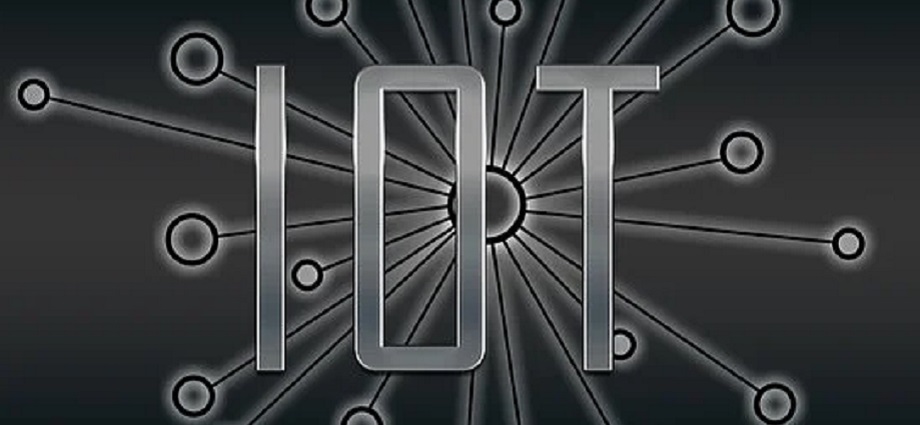The Internet of Things (IoT) has revolutionized the way businesses operate and has provided numerous benefits including increased efficiency, cost savings, and improved customer experiences. In this article, we will explore several case studies of successful IoT implementations across various industries.
Agriculture
In the past, farmers relied on manual labor and traditional methods to monitor and maintain their crops. However, with the integration of IoT technology, farmers are now able to monitor their crops in real-time using sensors and drones.
Precision agriculture involves the use of sensors and other IoT technology to collect data on soil conditions, crop growth, and weather patterns. This data is then used to optimize irrigation, fertilization, and pest control, resulting in increased crop yields and cost savings for farmers.
Drones equipped with sensors can collect data on crop health, soil moisture levels, and pest infestations. This data can be used to identify and address issues in a timely manner, leading to improved crop yields and reduced costs.
Healthcare
IoT technology has also had a significant impact on the healthcare industry. IoT devices such as wearable fitness trackers and smart pills can collect data on a patient’s health and transmit it to their healthcare provider. This data can be used to track the effectiveness of treatment plans and to identify potential issues before they become serious.
Remote patient monitoring is an instance of a thriving implementation of IoT in the healthcare sector. With the help of IoT devices, healthcare providers can remotely monitor the health of their patients and provide timely interventions when necessary. This can significantly improve patient outcomes and reduce the need for hospital visits.
The utilization of IoT-enabled medical devices like smart insulin pumps and pacemakers is another illustration. These devices can collect data on a patient’s condition and automatically adjust their treatment accordingly. This can greatly improve the efficiency and effectiveness of treatment plans and reduce the risk of errors.
Manufacturing
The manufacturing industry has also seen significant benefits from the implementation of IoT technology. IoT sensors and devices can be used to monitor and improve various aspects of the manufacturing process, including production efficiency, quality control, and supply chain management.
Smart factories use IoT technology to automate and optimize various aspects of the manufacturing process. This can result in increased efficiency, reduced waste, and improved product quality.
With the help of IoT sensors and devices, manufacturers can track and monitor the movement of goods throughout the supply chain in real-time. This can improve the efficiency and accuracy of the supply chain and reduce the risk of delays or errors.
Retail
IoT in Inventory Management
The retail industry has also seen significant benefits from the implementation of IoT technology. With the help of IoT sensors and devices, retailers can track and monitor the movement of goods in real-time, ensuring that they always have the right products in stock. This can improve the efficiency of the supply chain and reduce the risk of stock shortages or excess inventory.
IoT in Customer Experience
The utilization of IoT to improve the customer experience is an additional instance. IoT devices such as smart mirrors and interactive displays can provide customers with personalized recommendations and information, improving their overall shopping experience.
Transportation
IoT in Fleet Management
The transportation industry has also embraced the power of IoT. It is the use of IoT in fleet management. With the help of IoT sensors and devices, transportation companies can track and monitor their vehicles in real-time, ensuring that they are operating efficiently and safely. This can improve the efficiency of the fleet and reduce the risk of accidents or breakdowns.
IoT in Traffic Management
IoT sensors and devices can be used to collect data on traffic patterns and conditions, which can then be used to optimize traffic flow and reduce congestion. This can improve the efficiency of the transportation system and reduce the environmental impact of transportation.
Conclusion
The examples discussed in this article demonstrate the numerous ways in which IoT technology has revolutionized various industries and provided numerous benefits. From agriculture and healthcare to manufacturing, the implementation of IoT has led to increased efficiency, cost savings, and improved customer experiences. As the adoption of IoT continues to grow, it is likely that we will see even more successful implementations in the future.

